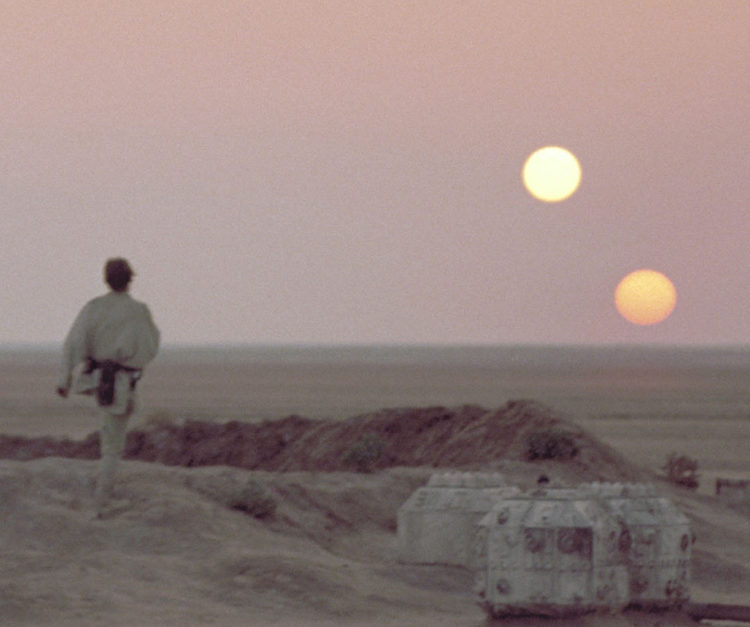About This Episode
Stay Tuned for… Science! Neil deGrasse Tyson and comic co-host Eugene Mirman answer more of your questions about science in the movies and on TV in this episode of StarTalk Radio. They start with time dilation, time warps and wormholes in Contact, Red Dwarf, Sliders, and Star Trek. Next, you’ll find out how to blow up a planet, and who did it better: Star Wars or the Star Trek and Superman – Man of Steel reboots. Journey into space to explore what life would be like on a planet in a triple star system, why Kepler-37b is a planet but Pluto is not and why there are red, blue and white stars, but no green stars. You’ll also learn why there is no center to the universe, why our solar system can’t be an atom and our Milky Way isn’t a molecule, and how it’s possible for universal expansion to exceed the speed of light. All this plus Buck Rogers and the physics of kite flying in Mary Poppins. Join us for our most supercalifragilisticexpialidocious episode ever.
NOTE: All-Access subscribers can listen to this entire episode commercial-free here: Cosmic Queries: Science in Movies and TV.




 Unlock with Patreon
Unlock with Patreon

 Become a Patron
Become a Patron